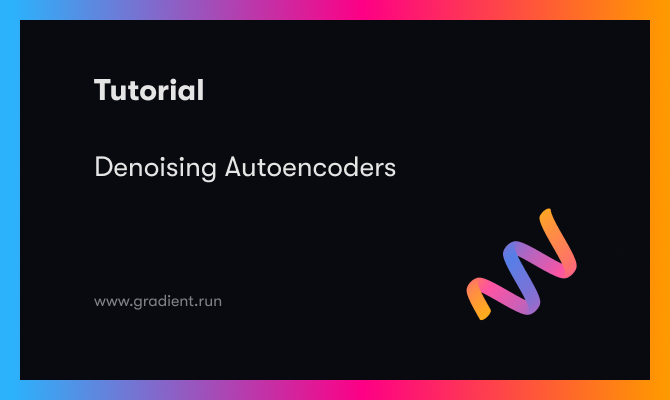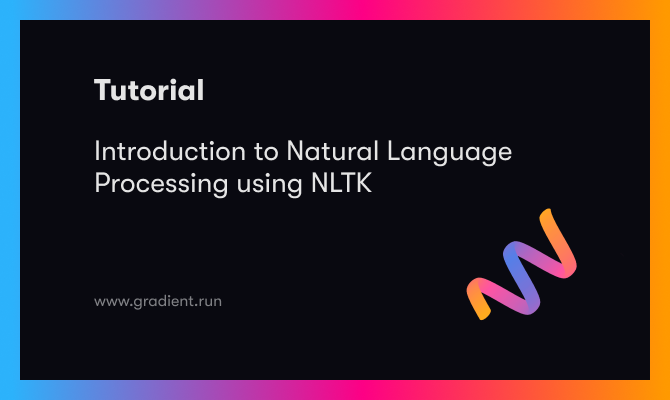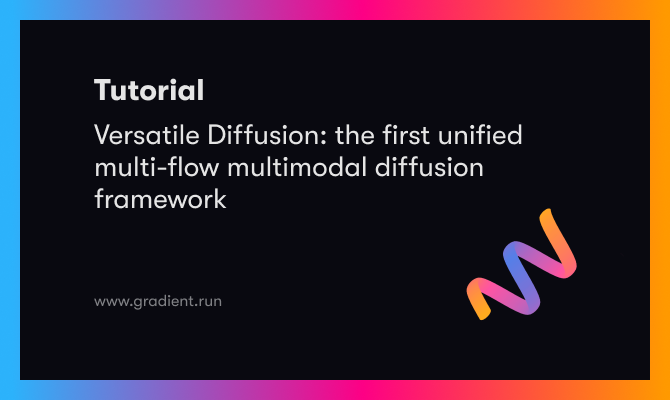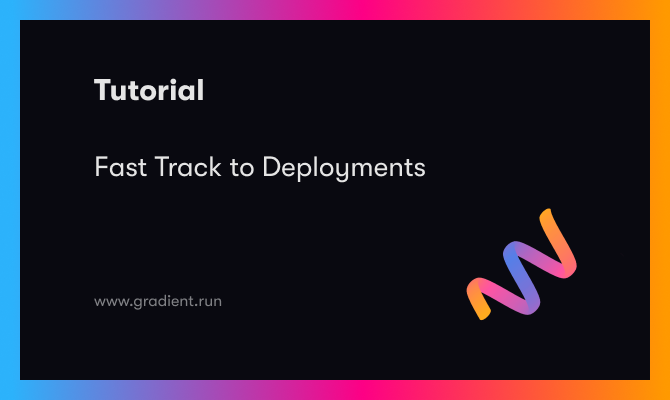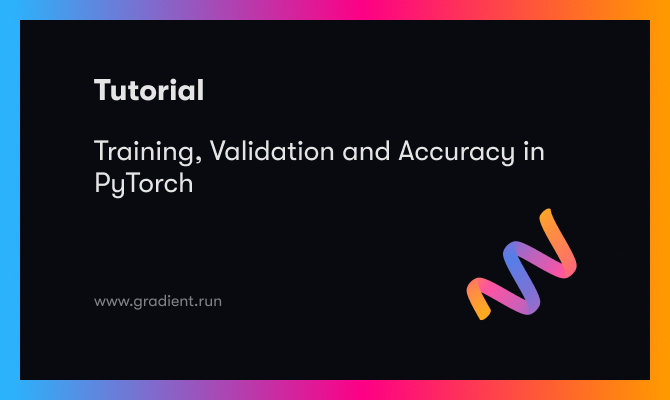Denoising Autoencoders
In this article we took a look at one of the uses of autoencoders: image denoising. In this tutorial, we show how an autoencoder's representation learning allows it to learn mappings efficient enough to fix incorrect pixels/datapoints.

